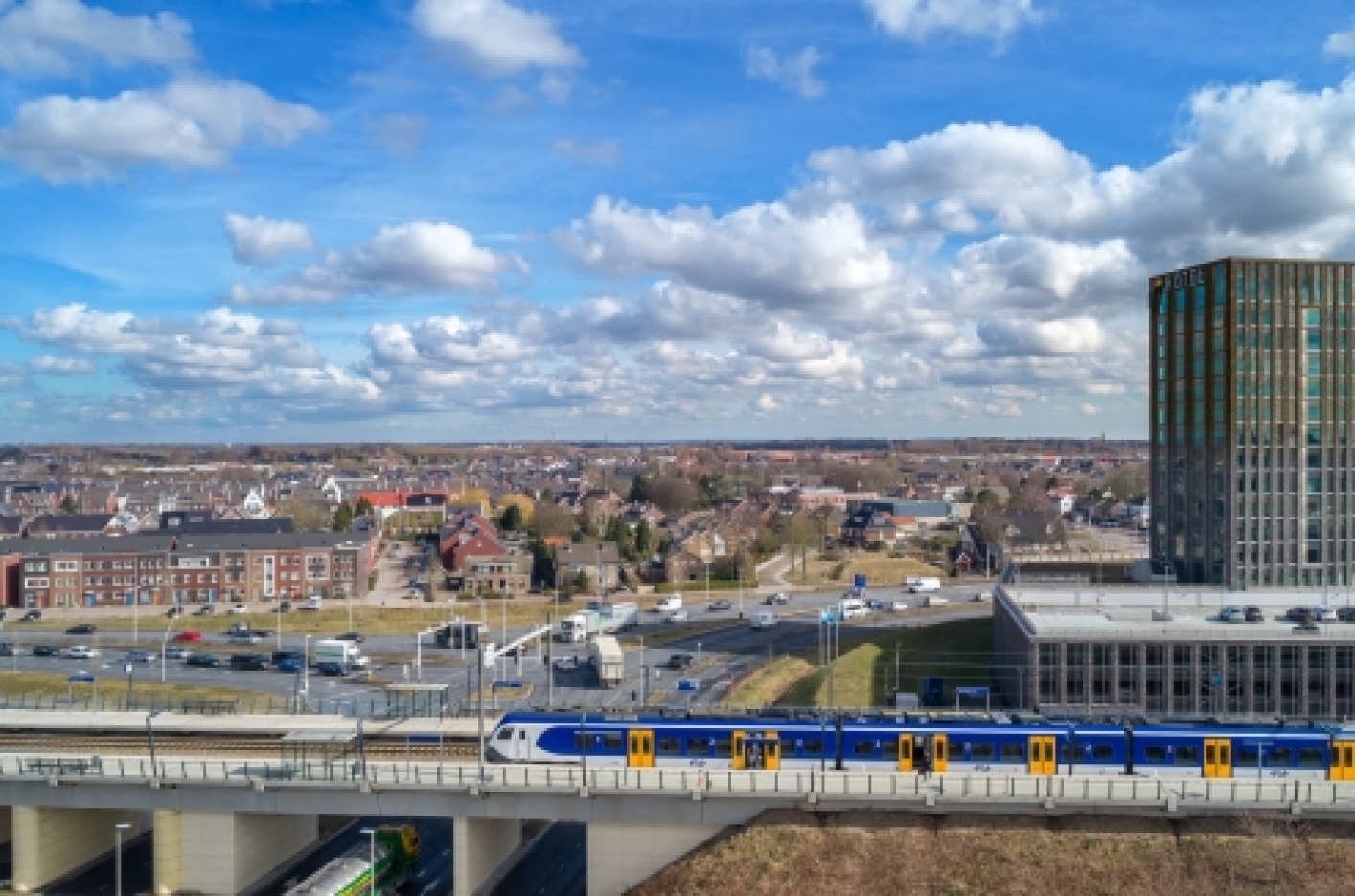
Background and request for advice
The Dutch economy is currently going through a period of rapid growth and this is being reflected in busier roads and trains. The number of cyclists is also growing. Traffic congestion (including bicycles), longer journey times and overcrowded trains are no longer the exception. The knee-jerk reaction is to call for more and wider roads and more, longer and faster trains. Investing in expanding capacity has always been a key plank of national transport policy and the Netherlands now boasts an extensive transport network of a quality that is virtually unparalleled. However, urban expansion, threats to environmental quality and the need to cut greenhouse gas emissions make different demands on mobility, while technological innovations such as the electrification of transport and vehicle automation as well as the growing potentials and power of digital platforms and share schemes provide opportunities for changing the way we move around. The core question in this advice, therefore, is how, in this rapidly changing mobility sector, can the financial resources available for mobility be used more effectively?
Advice and recommendations
A number of policy reforms are already being introduced with the aim of responding to the mobility transition. The Council for the Environment and Infrastructure investigated why these reforms are not resulting in the most effective use of the available funds and found three causes. Existing rules and agreements are frustrating the reform process. Moreover, the mindsets of those involved are heavily influenced by established and entrenched practices. Lastly, national, provincial and local governments and transport companies tend to operate primarily in the interests of their own specific mandates. These phenomena are not unique to the mobility sector, but are inhibitory factors in all fundamental transition processes and make it hard for new parties with forward-looking solutions to get a foot in the door. This frustrates the development of sustainable combinations of transport modes that make use of suitable technologies and provide travellers with adequate services.
In this advisory report, the Council presents five recommendations to strengthen the good intentions of the reforms that have already been set in motion.
- National government, make the assessment framework for the Mobility Fund much more open to innovative and sustainable proposals.
- National government, reserve structural funding for the sustainable maintenance and management of the existing infrastructure.
- National government, give clear direction to the mobility transition.
- Public authorities, invest in regional solutions that make better and different use of the existing infrastructure.
- Public authorities, review and reappraise past decisions on transport and mobility.
Publication
The Council presented its advisory report ‘Better and Different Mobility’ to the Minister and the State Secretary for Infrastructure and Water Management on 23 May 2018.
Symposium
Rli held a symposium on ‘Better and Different Mobility’ on 30 May 2018. During the symposium the advisory report was explained and discussed with stakeholders from the mobility sector, paying particular attention to the future of mobility and the transport infrastructure, to innovation and greening the mobility system and to the regional challenges involved.
More information
If you would like more information or if you wish to respond to the contents of the advisory report, please contact Bart Swanenvleugel, project leader, at bart.swanenvleugel@rli.nl.